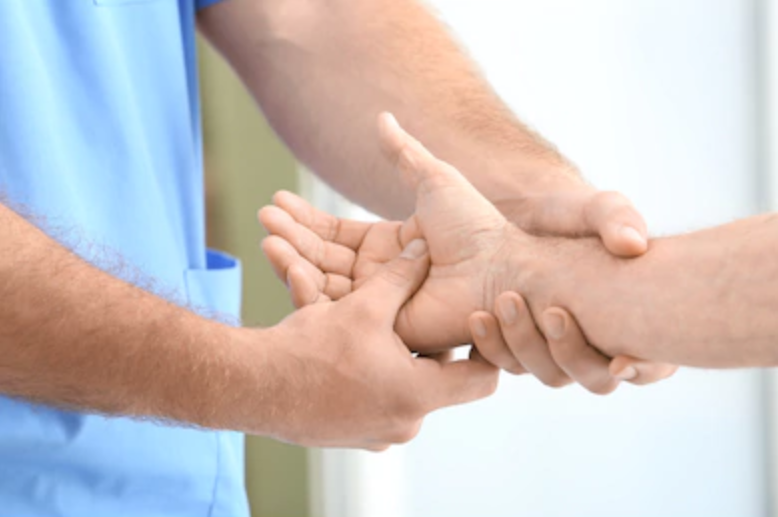Hand Ligament Injuries
What is hand ligament injury?

Ligaments are fibrous bands of connective tissue that join bones together to form joints. They are attached on either side of a joint to help strengthen and stabilize it to enable functional movements and prevent unwanted movements.
As the hand is exposed and extensively used in daily activities, the risk of ligament injuries throughout the hand (fingers), wrist and elbow are also higher.
Causes of hand ligament injury
Most commonly known as ‘sprains’, ligament injuries typically result from trauma such as a fall, forceful lifting or twisting injury.
More severe cases of ligament injuries can be caused by a fall from extreme heights, sports or a motor accident, which can cause complete tears of the ligament(s) and dislocation of the joint.
What are the symptoms of hand ligament injury?
Typical ligament injuries are often obvious because of local pain and swelling. In the early stages after an injury, treating it with an ice pack, splinting, elevation or anti-inflammation medication will help in the healing and recovery process.
However, if ligament damage is significant, this can result in instability of the joint, causing excessive or abnormal movements. This may cause persistent aching pain, stiffness or weakness.
In cases where the joint is dislocated, the bones are forced out of their normal anatomic alignment, which results in pain and deformity. This needs to be set back urgently.
If ligament damage is severe or if the symptoms of ligament injury become chronic and affect daily activities, surgical reconstruction may be required to treat the problem.
How is the diagnosis made?
Firstly, the hand specialist will need to understand the injury and how it occurred by asking some important questions. Then, a physical examination of the injured area will need to be conducted. This might involve putting some stress, e.g. pushing or bending the affected area so as to determine the extent of ligament damage and instability of the joint. This will enable the specialist to advise the necessary action steps and treatment required to restore the hand’s mobility and stability.
What tests are needed?
In milder cases of ligament injury, conservative treatments such as splinting, casting and anti-inflammatory medications will be sufficient for the healing process.
In most cases, an x-ray will need to be performed to better determine the severity of the injury and to know whether there is a fracture of the bones that is often associated with ligament injuries.
For more severe cases, other tests may also be required for more in-depth assessment:
- MRI Scan – Using an MRI scanner that resembles a short tunnel, the patient’s arms and upper part of the body will be required to enter into this tunnel. There will be a loud magnet that is spun around inside the tunnel and images of the bones and soft tissues are taken for investigation.
- CT Scan – A CT (or CAT) scanner is a short large open tunnel, where the patient will be required to lie on the bed and pass through the tunnel. Inside the tunnel, x-rays are taken from different directions of the specific hand area that is under investigation. This test is helpful for identifying any bone abnormalities but less effective for investigating soft tissue problems.
How does surgical treatment help?
For severe ligament injuries, prompt surgical intervention can help in the repair and reconstruction of the damaged ligaments. Post-surgery care is very important to ensure the best outcome. Priority should be placed on patient’s comfort, along with rehabilitative hand therapy to maximize functional recovery.
To seek professional opinion, contact the hand specialists at Hand Surgery Associates.


